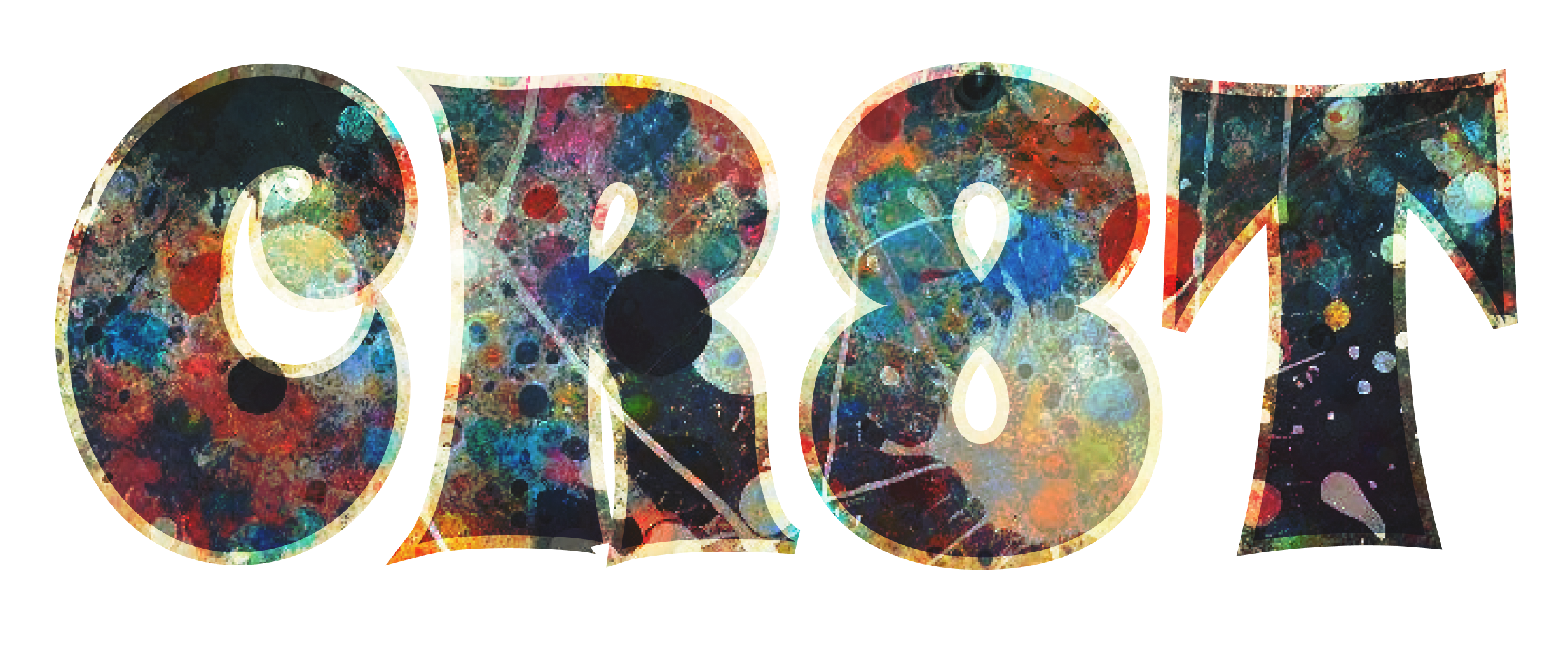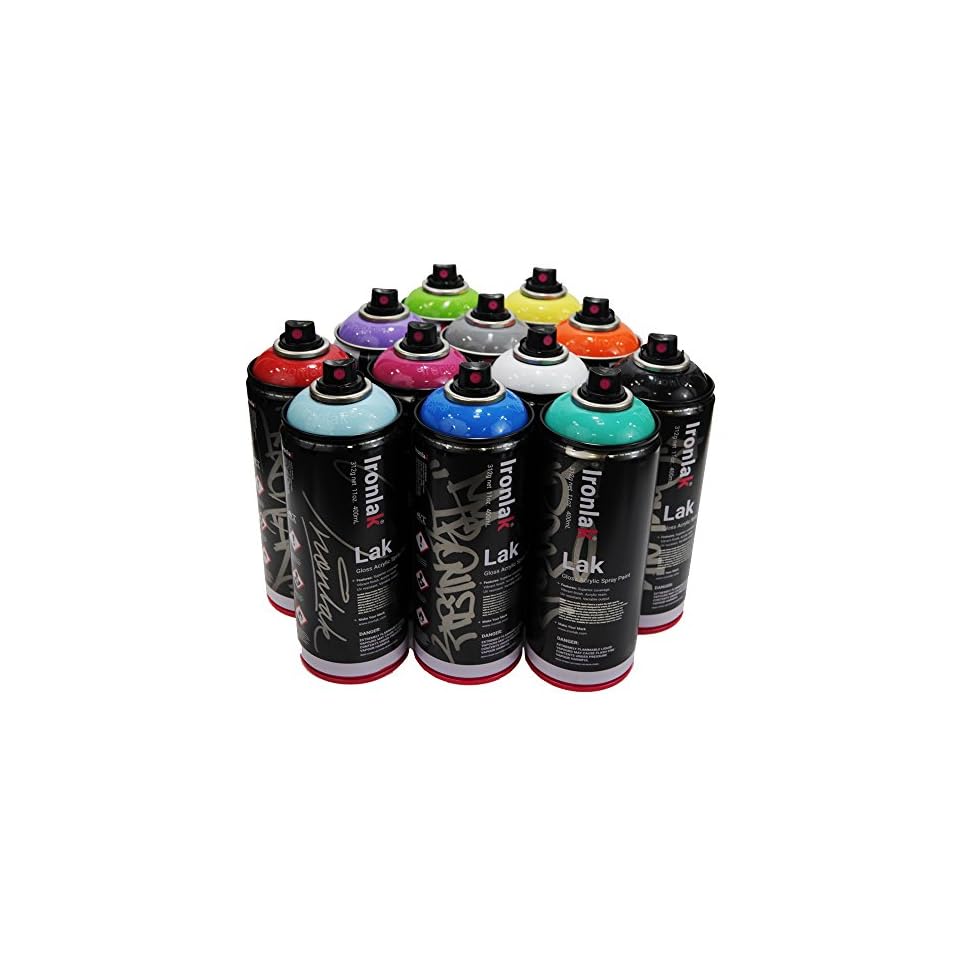Drawing a realistic eye can seem intimidating, but with a systematic approach and practice, you can master this fundamental skill in drawing. Eyes are one of the most expressive features of the human face and capturing their intricate details can bring your artwork to life. In this comprehensive tutorial, we’ll guide you through the process of drawing a realistic eye, covering everything from basic shapes to detailed shading techniques.
1. Gathering Materials
Before we start, let’s make sure you have the necessary materials:
- Pencils: Use a range of pencils from hard (H) to soft (B). For detailed work, 2H, HB, 2B, and 6B pencils are ideal.
- Erasers: A kneaded eraser for precise corrections and a standard eraser for general use.
- Paper: Use a high-quality drawing paper that can handle multiple layers of pencil.
- Blending Tools: Blending stumps or tortillons for smooth transitions.
- Reference Image: A high-resolution photograph of an eye for accuracy.
2. Understanding Eye Anatomy
Before drawing, it’s crucial to understand the basic anatomy of the eye. Here’s a brief overview:
- Iris: The colored part of the eye, which surrounds the pupil.
- Pupil: The black center of the eye through which light enters.
- Cornea: The transparent layer that covers the iris and pupil.
- Eyelid: The fold of skin that covers and protects the eye.
- Eyelashes: Small hairs on the edge of the eyelid.
3. Drawing the Basic Eye Shape
3.1. Sketching the Eye Outline
- Draw the Eye Shape: Start by drawing an almond shape. This will form the basic outline of the eye. Use light, smooth strokes to create the shape.
- Add Guidelines: Draw a horizontal line through the center of the almond shape. This will help you place the iris and pupil accurately. Add a vertical line down the middle for symmetry.
3.2. Define the Eyelids
- Upper Eyelid: Draw a slightly curved line above the almond shape to define the upper eyelid. This line should follow the contour of the eye.
- Lower Eyelid: Draw a similar curved line below the almond shape for the lower eyelid. Ensure that the lower eyelid curves up towards the inner corner of the eye.
3.3. Draw the Pupil and Iris
- Iris: Inside the almond shape, draw a circle for the iris. The circle should be slightly cut off by the top and bottom eyelids.
- Pupil: Add a smaller circle in the center of the iris for the pupil. The pupil should be fully black.
4. Adding Details and Shading
4.1. Adding the Sclera and Cornea
- Sclera: Lightly sketch the sclera, the white part of the eye, around the iris. The sclera should be visible around the edges of the iris.
- Cornea: Shade lightly over the cornea area to give it a slightly transparent look. Use a very light touch to avoid making it too dark.
4.2. Shading the Iris
- Texture: Use a combination of short, curved strokes to create the texture of the iris. The iris often has a radial texture that starts from the pupil and radiates outward.
- Color Variation: Add darker shading around the outer edge of the iris and lighter shading towards the pupil. This will give the iris depth and dimension.
4.3. Adding Details to the Pupil
- Pupil: The pupil should be completely black. Use a soft pencil (e.g., 6B) to darken it. Leave a small white spot or catchlight to represent the reflection of light.
- Reflection: Lightly shade around the catchlight to blend it smoothly into the rest of the iris.


5. Drawing the Eyelashes and Eyelid Details
5.1. Eyelashes
- Top Eyelashes: Draw individual eyelashes with a slightly curved, tapered shape. They should vary in length and thickness and follow the curve of the upper eyelid. Use a fine pencil (e.g., 2B) and a light touch to create realistic eyelashes.
- Bottom Eyelashes: The bottom eyelashes are generally shorter and less pronounced. Use the same technique but with shorter strokes.
5.2. Eyelid Creases and Shadows
- Upper Eyelid Crease: Lightly shade the area where the upper eyelid meets the eye. This shadow adds depth and shows the fold of the eyelid.
- Lower Eyelid Shadow: Add a subtle shadow under the lower eyelid to create a natural look. Use a blending stump to smooth the transition.
6. Adding Final Touches
6.1. Blending and Smoothing
- Blend Shading: Use a blending stump or your finger to smooth out any harsh lines and blend shading. Be gentle to avoid smudging.
- Add Highlights: Use an eraser to gently lift out highlights on the sclera and cornea. This helps to create a realistic shine and depth.
6.2. Refining Details
- Refine Iris Texture: Add additional details and textures to the iris if needed. Pay attention to subtle variations in shading.
- Check Proportions: Review your drawing to ensure that all elements are in proportion and make any necessary adjustments.
7. Practice and Improvement
7.1. Study Real Eyes
- Reference Images: Study different eye shapes and colors to understand the diversity in eye anatomy. Use these references to practice and improve your drawing skills.
7.2. Practice Regularly
- Daily Practice: Draw eyes regularly to build your skills and confidence. Focus on different aspects each time, such as shading, texture, or proportions.
7.3. Experiment with Styles
- Different Techniques: Experiment with different drawing techniques and styles to find what works best for you. This can include varying pencil pressure, using different types of pencils, or exploring digital tools.
Conclusion
Drawing a realistic eye requires attention to detail and practice, but with the techniques outlined in this tutorial, you’ll be well on your way to creating lifelike eyes in your artwork. By understanding the anatomy of the eye, mastering basic shapes, and applying shading techniques, you can capture the essence and expressiveness of the human eye.
At CR8T.co, we are dedicated to helping you unlock your creative potential. This guide is just the beginning of your journey in drawing. As you continue to practice and explore, you’ll develop your own style and techniques, enhancing your overall artistic skills. Happy drawing!





